
Damme is a municipality located in the Belgian province of West Flanders, six kilometres northeast of Brugge (Bruges). The municipality comprises the city of Damme proper and the villages of Hoeke, Lapscheure, Moerkerke, Oostkerke, Sijsele, Vivenkapelle, and Sint-Rita. On 1 January 2006, the municipality had a population of 10,899. The total area is 89.52 km2, giving a population density of 122 inhabitants per km2.

Veurne is a city and municipality in the Belgian province of West Flanders. The municipality comprises the town of Veurne proper and the settlements of Avekapelle, Booitshoeke, Bulskamp, De Moeren (Belgium), Eggewaartskapelle, Houtem, Steenkerke, Vinkem, Wulveringem, and Zoutenaaie.
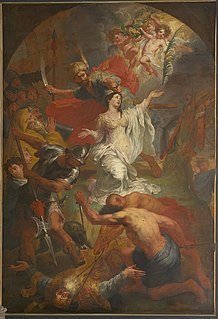
Dymphna is a Christian saint honoured in Catholic and Orthodox traditions. According to tradition, she lived in the 7th century. She was murdered by her father.

Saint Fiacre is the name of three different Irish saints, the most famous of which is Saint Fiacre of Breuil, the Catholic priest, abbot, hermit, and gardener of the seventh century who was famous for his sanctity and skill in curing infirmities. He emigrated from his native Ireland to France, where he constructed for himself a hermitage together with a vegetable and herb garden, oratory, and hospice for travellers. He is the patron saint of gardeners.

Saint Mansuetus was the first Bishop of Toul.

Finan Cam, Abbot of Kinnity was an early Irish saint associated with County Kerry, Ireland, who lived in the 6th century AD, and possibly the 7th century. To distinguish him from other saints of the same name the appellation of Cam or "crooked" has been given to him, either because he was stooped or because he had a squint. His feast day is 7 April.
Saint Chuniald was an early Irish priest and missionary who worked for many years in Germany. He lived in the 7th century.
Saint Erlulph was a Scottish missionary and 10th Bishop of Verden who was martyred by pagans in Germany. His feast day is 10 February.
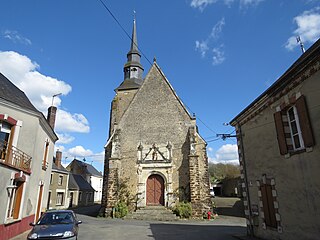
Saint Osmanna was said to be a virgin of Irish royal origin who lived alone in the woods near the mouth of the Loire in France, performed many miracles of healing, and came to be considered a saint. Her story may have little basis in fact. Her feast day is 9 September.
Saint Bécán was an Irish monk who founded a monastery at Kilbeggan and is considered by some to be one of the Twelve Apostles of Ireland. His feast day is 5 April.
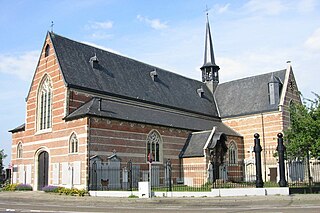
Saint Fredigand of Deurne was an 8th-century Irish missionary in the territory around Antwerp in what is now Belgium. His feast day is 17 July.
Saint Dotto was said to have founded a monastery on one of the Orkney Islands, which bore his name. However, there is no island by that name, and no evidence that he existed. His feast day is 9 April.
Saint Wasnulf was a Scottish missionary in what is now Belgium. His feast day is 1 October.
Saint Joavan was an Irish priest and bishop in Brittany.

Saint Vouga was an Irish priest who moved to Brittany, now in France. He attempted to live as a hermit, but could not avoid people who came to him for cures, drawn by his reputation.

Saint Babolen was Abbot of Saint-Maur-des-Fossés Abbey near Paris. He may have been Irish in origin. His feast day is 26 June.
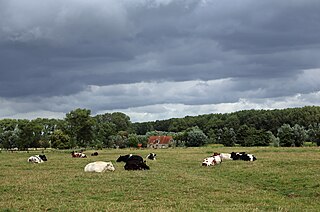
Saint Guthagon was a possibly Irish hermit who lived in Belgium, most likely in the 8th century, and became venerated as a saint.
Saint Maccai was an Irish missionary who founded a monastery on the Isle of Bute, Scotland. His feast day is 11 April.
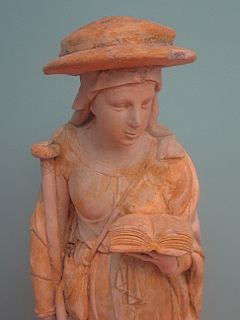
Saint Syra of Troyes was an Irish woman, sister of Saint Fiacre, who became a nun in France and died in Meaux but came to be venerated in Troyes. Her story has been conflated with that of a woman named Syria who died in Troyes in the 4th or 5th century. Her feast day is 8 June.
This page is based on this
Wikipedia article Text is available under the
CC BY-SA 4.0 license; additional terms may apply.
Images, videos and audio are available under their respective licenses.













